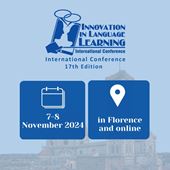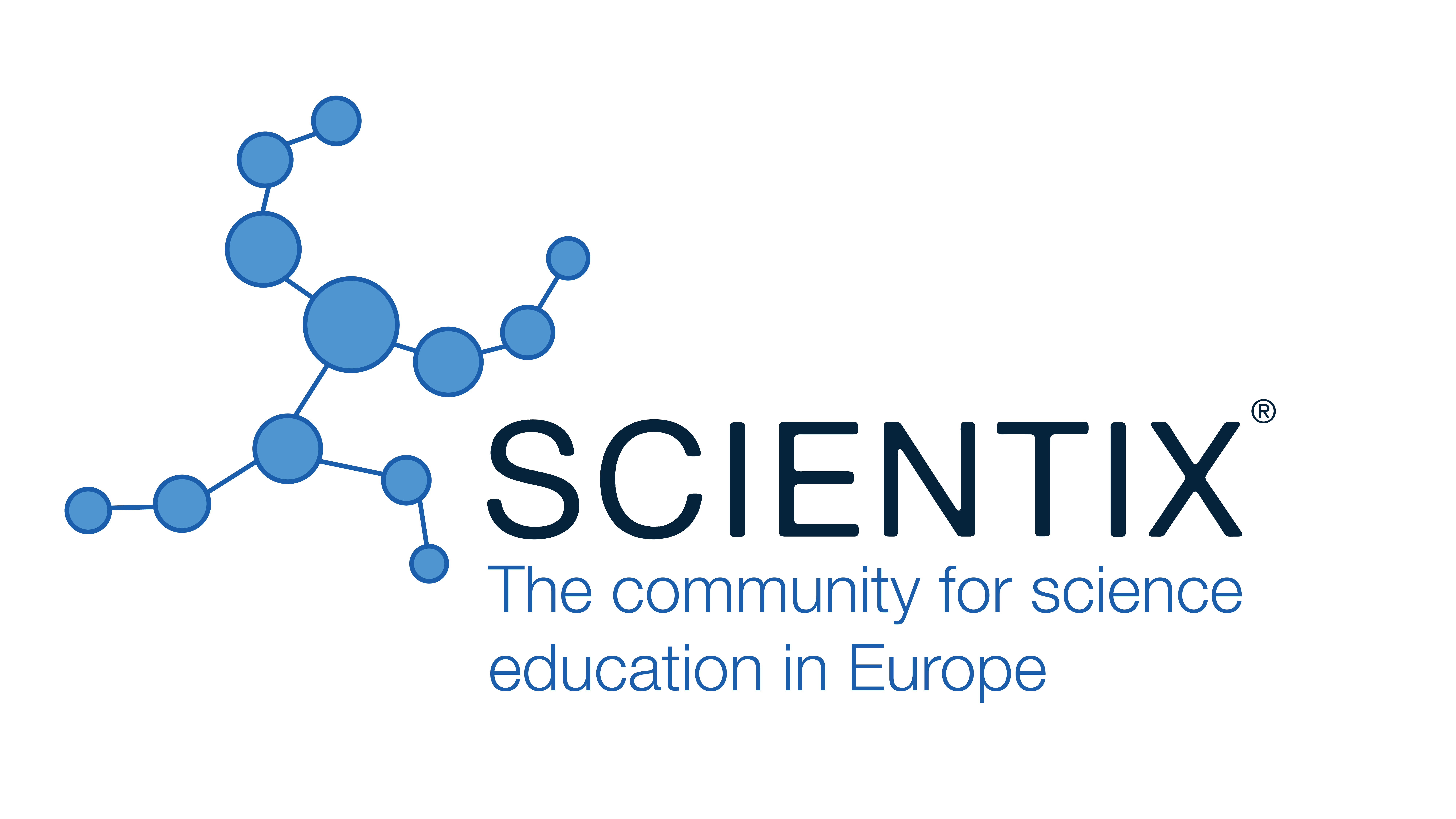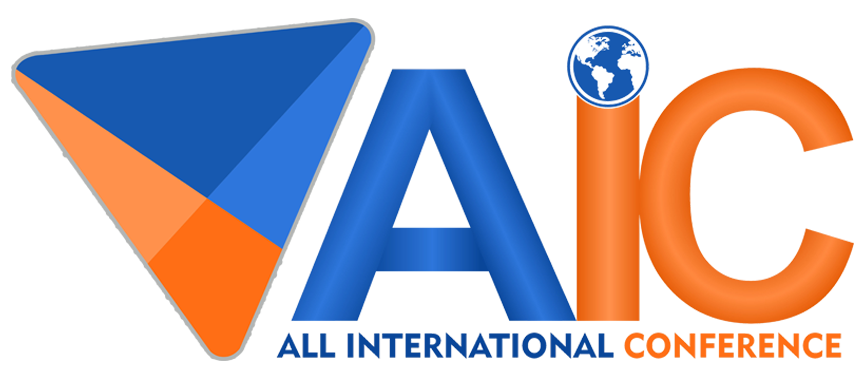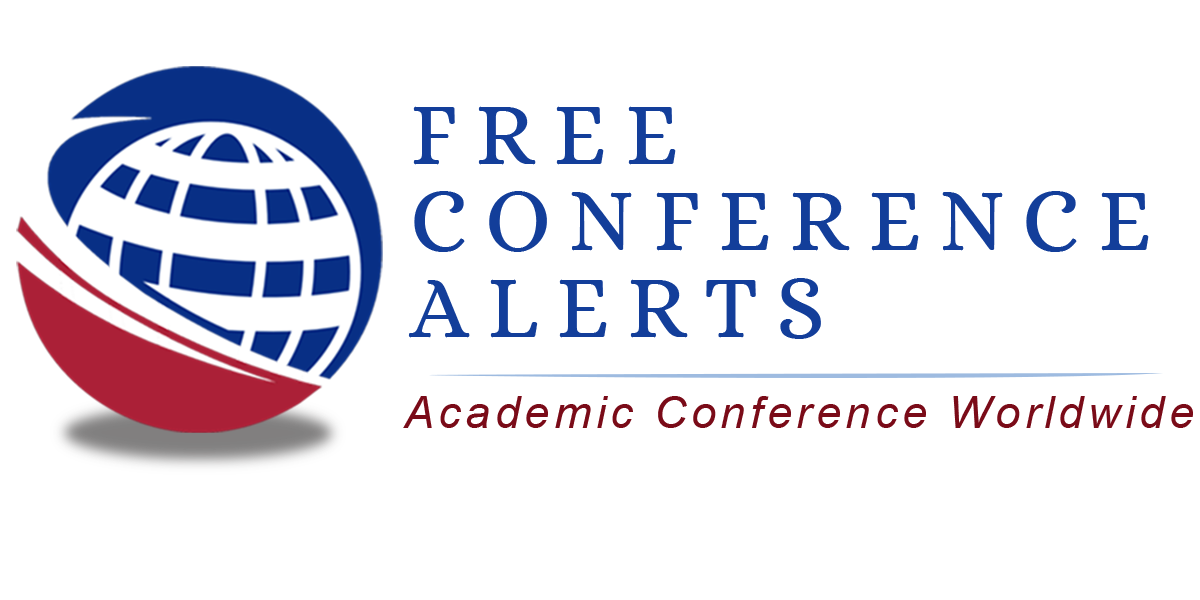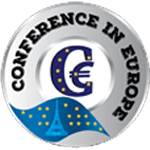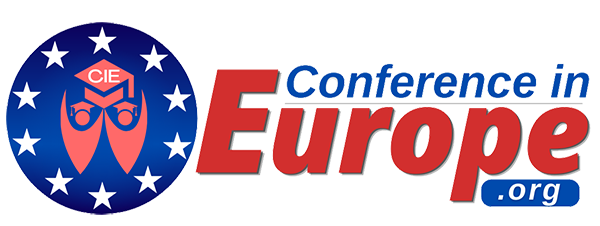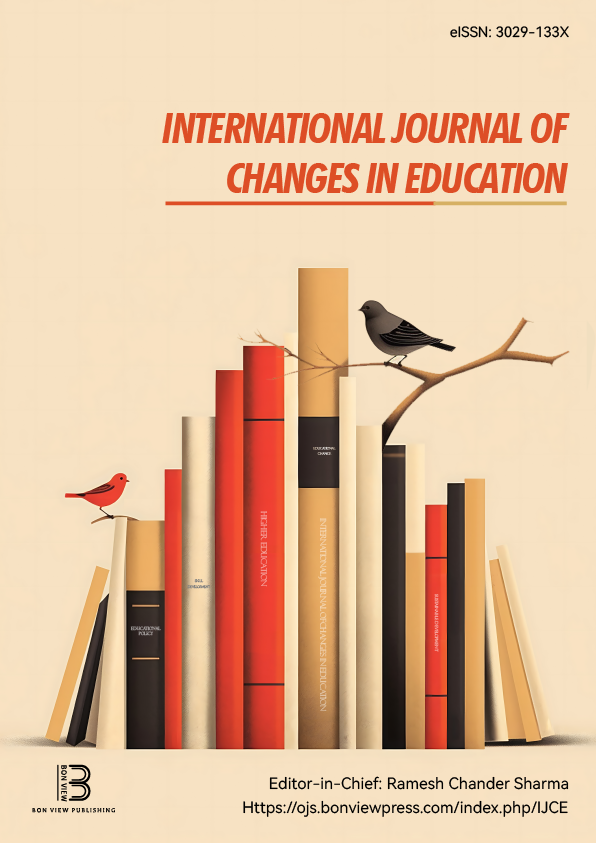Cutting Edge Resources for Engineering Education: The Pedagogical Potential
Adin Caspary, University of Georgia (United States)
Diane Boothe, Boise State University (United States)
Abstract
Engineering is a popular, yet rigorous field of study. From various engineering courses such as mechanical, electrical, civil, electronics, computer systems, etc., students choose courses focusing on their interests and opportunities. According to the National Science Foundation, there are approximately 7.5 million engineers and science graduates in the world [1]. There has been a significant proliferation of innovative resources for 21st Century engineering education, and learning strategies are undergoing a shift from traditional methods to active, hands-on learning methodologies [2]. This rapid transformation is impacting educators and students. Leveraging valuable resources has yielded profound changes and substantive advances. This presentation and manuscript examine varied resources for both engineering students and educators including project-based learning, case studies, digital technology and open educational resources. The goal of this study is to strengthen content knowledge, the development of practical engineering skills, and encourage critical thinking. These resources will be explored, assessing their contributions to engineering education. To engage students, educators are moving beyond the standard methodologies and best practices to provide high levels of student achievement through authentic real-world experiences making positive connections by engaging with the complexities of engineering practice. The proliferation of open and online educational resources results in high-quality learning opportunities that are globally accessible. Students and educators are often challenged by a variety of unique and diverse factors, and engineering educators must address unique situations to make a significant impact by taking approaches that will meet the wide range of student needs—cognitive and affective. Varied resources in engineering create an opportunity for practitioners and researchers of engineering education to collaboratively learn to foster learning centered on the vision that learners construct their knowledge based on meaningful activities [2]. The opportunity to investigate cutting edge resources and focus on the multidimensional aspects of these resources provides valuable information that contributes to expert teaching and learning. Embracing engineering pedagogy, including new technologies, and initiating change through proactive educational strategies including a paradigm shift to incorporate critical thinking coupled with application of theoretical knowledge leads to relevant and purposeful accomplishments in engineering education.
|
Keywords |
Engineering. Resources, Pedagogy, Methodology, Technologies |
|
REFERENCES |
[1] Jones, E. (2022). 4 Creative Ways to Teach Engineering Through Modern Tech. September 14, 2022. https://www.ixrlabs.com/blog/teach-engineering-through-modern-tech/ [2] Lima, R. M., Andersson, P. H., & Saalman, E. (2016). Active Learning in Engineering Education: a (re)introduction. European Journal of Engineering Education, 42(1), 1–4. https://doi.org/10.1080/03043797.2016.1254161 |
 New Perspectives in Science Education
New Perspectives in Science Education


